Savor the Flavors: A Journey Through Siam Spice Thai Cuisine
Table of Contents
Introduction to Siam Spice Thai Cuisine
Thai cuisine is a vibrant tapestry of flavors, aromas, and textures that reflect the country's rich cultural heritage. At the heart of this culinary tradition lies Siam Spice, a unique blend of spices that has been used for centuries in Thai cooking. Known for its bold, complex flavors, Siam Spice Thai cuisine is a must-try for anyone with a passion for food.
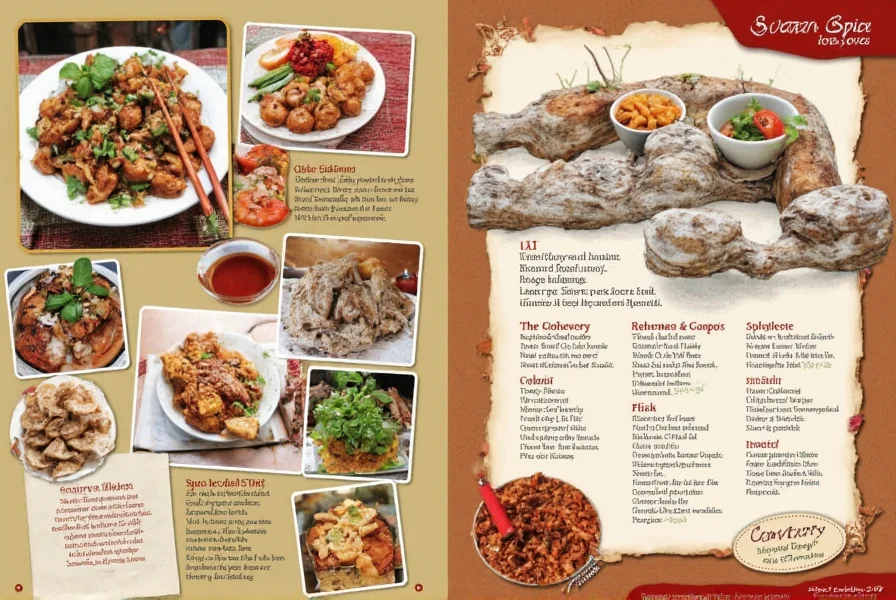
Whether you're a seasoned chef or an amateur enthusiast, understanding the role of Siam Spice in Thai cuisine can elevate your cooking to new heights. From the fiery heat of chili to the sweet notes of palm sugar, each ingredient plays a vital role in creating the signature taste of Thai dishes.
Essential Spices in Thai Cooking
Thai cuisine relies on a variety of spices and herbs to create its distinctive flavor profile. Here are some of the most commonly used ingredients:
- Chili Peppers: These provide the signature heat in many Thai dishes, from spicy curries to stir-fries.
- Garlic and Shallots: Used as a base for many sauces and marinades, they add depth and aroma.
- Kaffir Lime Leaves: These aromatic leaves are essential in soups, curries, and salads.
- Galangal: A relative of ginger, it adds a sharp, citrusy note to many traditional recipes.
- Cumin and Coriander: Often found in massaman curry and other slow-cooked dishes, these spices bring warmth and complexity.
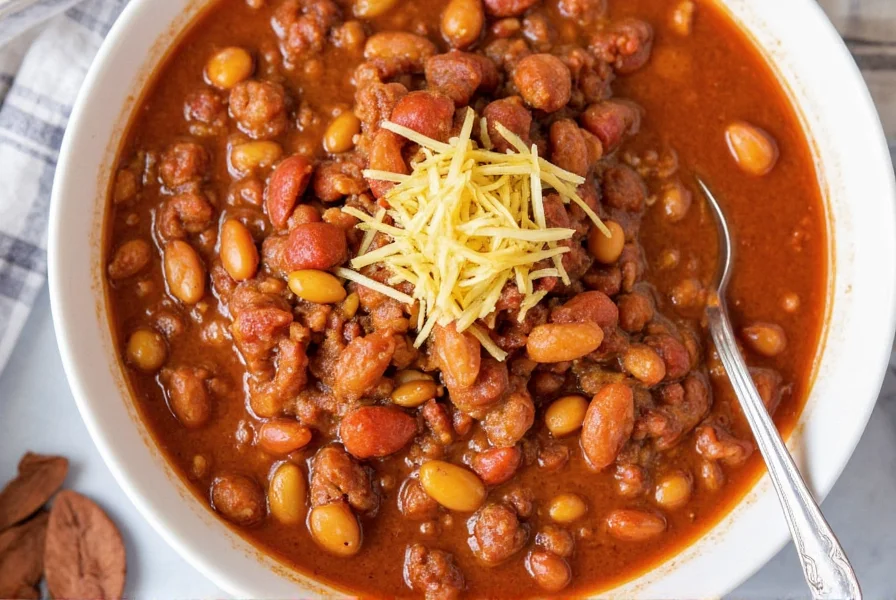
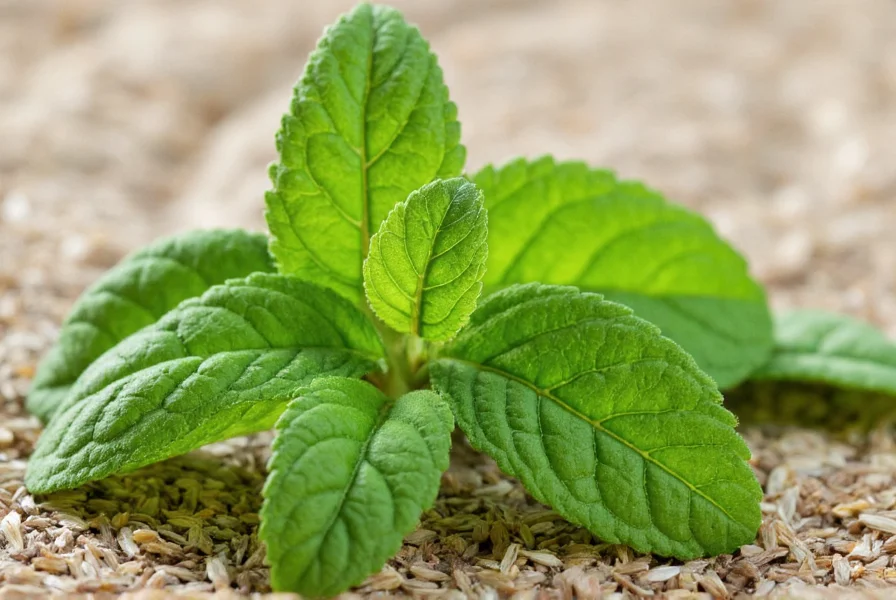
Each of these spices contributes to the overall balance of a dish, making it crucial to understand their roles when cooking with Siam Spice Thai cuisine.
Practical Tips for Using Siam Spice in Thai Cuisine
If you're new to cooking with Siam Spice, here are some practical tips to help you get started:
- Start Small: Thai spices can be powerful, so it's best to start with small amounts and adjust to taste.
- Use Fresh Ingredients: The quality of your spices and herbs will greatly impact the final dish. Try to use fresh, high-quality ingredients whenever possible.
- Balance Heat and Flavor: Many Thai dishes have a balance of sweet, sour, salty, and spicy elements. Pay attention to how these components interact.
- Experiment with Combinations: Don't be afraid to mix different spices and herbs to create your own unique flavor profiles.
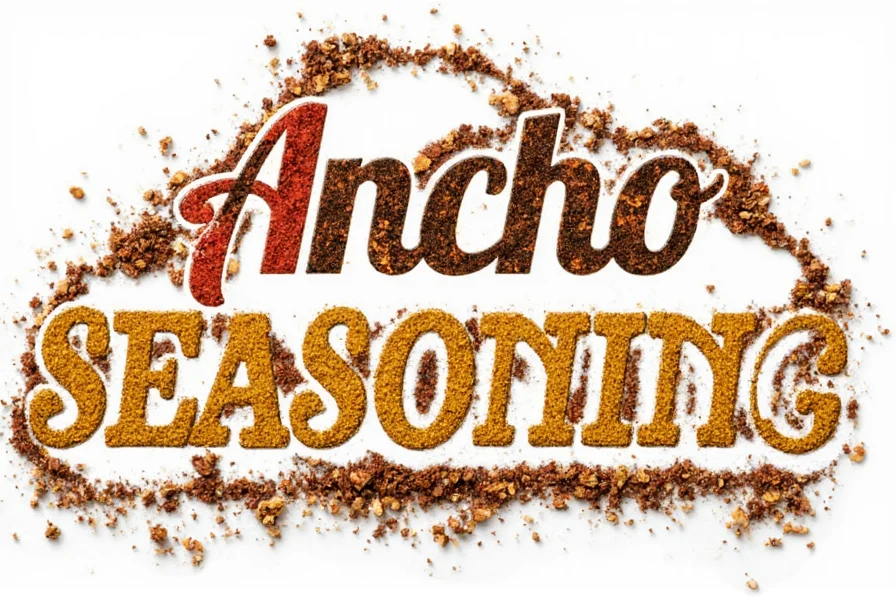
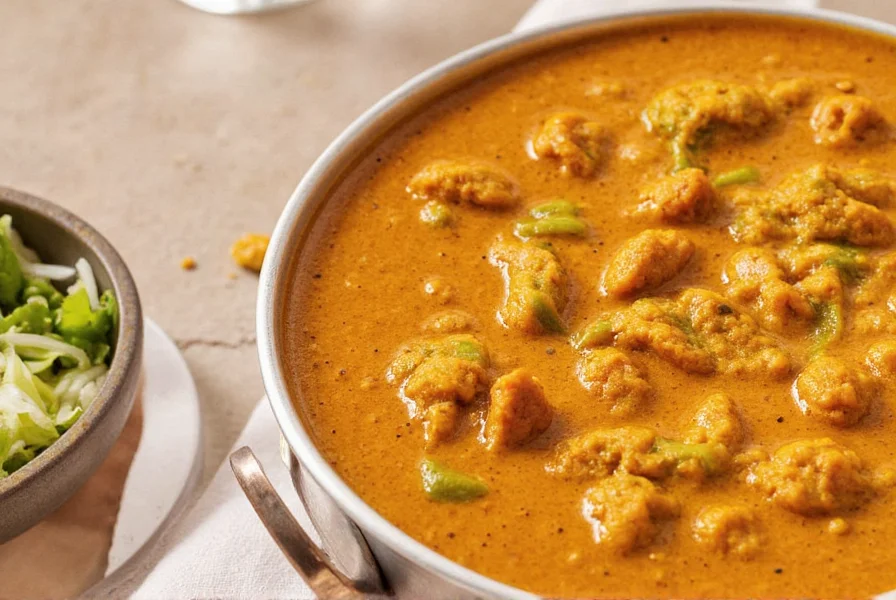
By following these tips, you'll be well on your way to mastering the art of Siam Spice Thai cuisine and creating delicious, authentic dishes at home.
Culinary Traditions and Regional Variations
Thai cuisine is not monolithic; it varies significantly across different regions of the country. Each region has its own unique flavors and techniques, shaped by local ingredients and cultural influences.
| Region | Key Characteristics | Popular Dishes |
|---|---|---|
| North | Uses more vegetables and less seafood, with a focus on mild, aromatic flavors. | Khao Soi, Sai Oua |
| Central | Known for its balance of sweet, sour, salty, and spicy flavors. | Pad Thai, Tom Yum Goong |
| South | More seafood-based, with bold, spicy flavors and coconut milk. | Green Curry, Massaman Curry |
| Isaan (Northeast) | Features grilled meats, sticky rice, and fermented ingredients. | Som Tum, Larb |
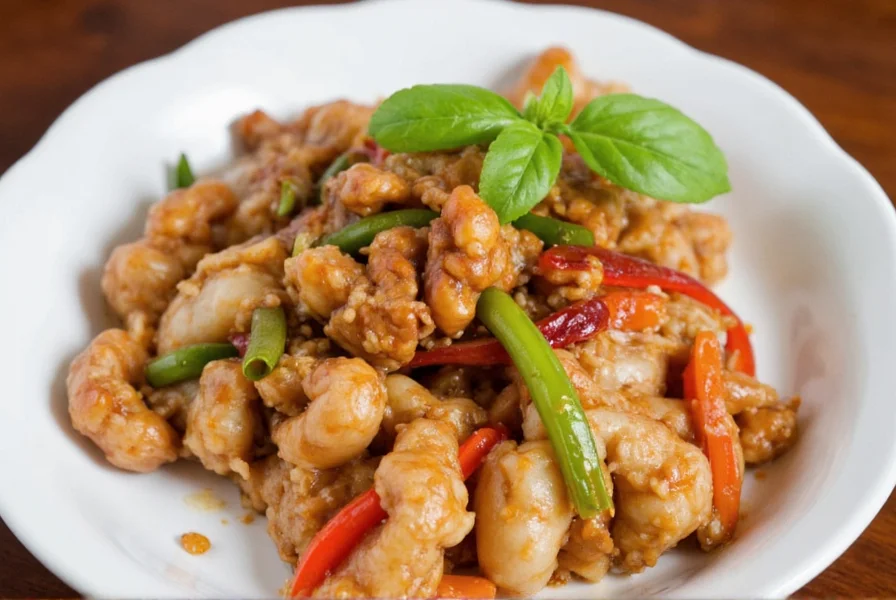
Understanding these regional differences can help you appreciate the diversity of Siam Spice Thai cuisine and inspire you to try new dishes and techniques.
Buying Guide: Choosing the Best Siam Spice Products
If you're looking to enhance your Thai cooking experience, choosing the right Siam Spice products is essential. Here are some factors to consider:
- Quality: Look for spices that are fresh, aromatic, and free from additives or fillers.
- Origin: Spices from Thailand are often considered the highest quality, but there are also excellent options from other regions.
- Usage: Consider what you'll be using the spices for—some blends are better suited for curries, while others work well in marinades or dressings.
- Packaging: Choose products that are sealed properly to preserve freshness and potency.
Here are a few recommended Siam Spice products:
- Siam Spice Thai Curry Paste: This pre-made paste makes it easy to recreate authentic Thai curries at home. It contains a blend of chili, garlic, lemongrass, and other key ingredients.
- Siam Spice Garam Masala: A versatile spice mix that adds depth and warmth to a variety of dishes. Ideal for stews, roasted vegetables, and meat dishes.
- Siam Spice Lemongrass & Kaffir Lime Mix: Perfect for adding a bright, citrusy note to soups, salads, and marinades.

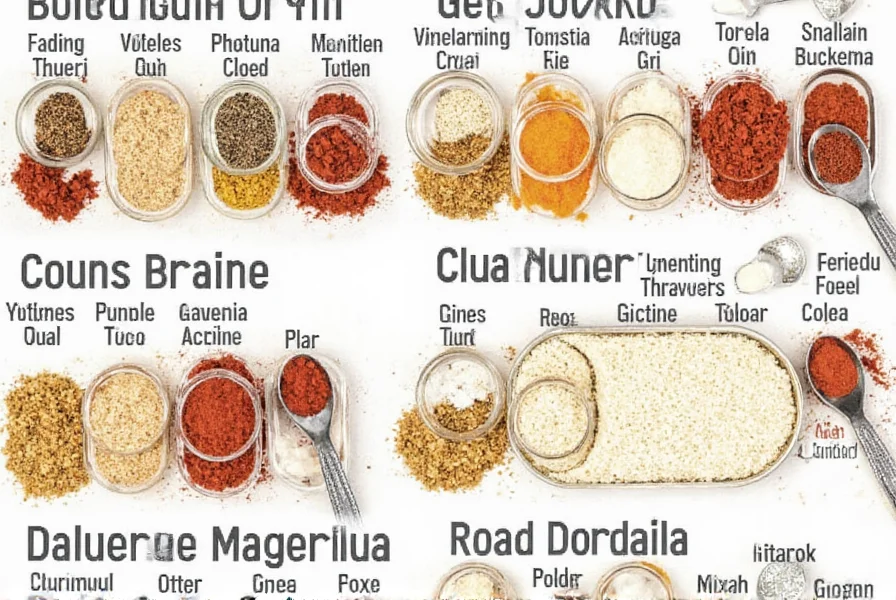
These products are suitable for both novice cooks and experienced chefs, offering convenience without compromising on flavor. Whether you're preparing a casual meal or hosting a dinner party, Siam Spice can help you achieve restaurant-quality results.
Conclusion
Exploring Siam Spice Thai cuisine is a delightful journey that opens up a world of flavors, aromas, and culinary traditions. From the essential spices that define Thai cooking to the regional variations that make it so diverse, there's always something new to discover.
By understanding the role of Siam Spice in Thai cuisine and following practical tips for using it, you can elevate your cooking and enjoy the true essence of this vibrant culinary tradition. Whether you're a seasoned professional or a passionate enthusiast, the world of Siam Spice Thai cuisine has something to offer everyone.
So why not start your own culinary adventure today? With the right ingredients, a little creativity, and a love for good food, you can bring the flavors of Thailand into your kitchen.










 浙公网安备
33010002000092号
浙公网安备
33010002000092号 浙B2-20120091-4
浙B2-20120091-4